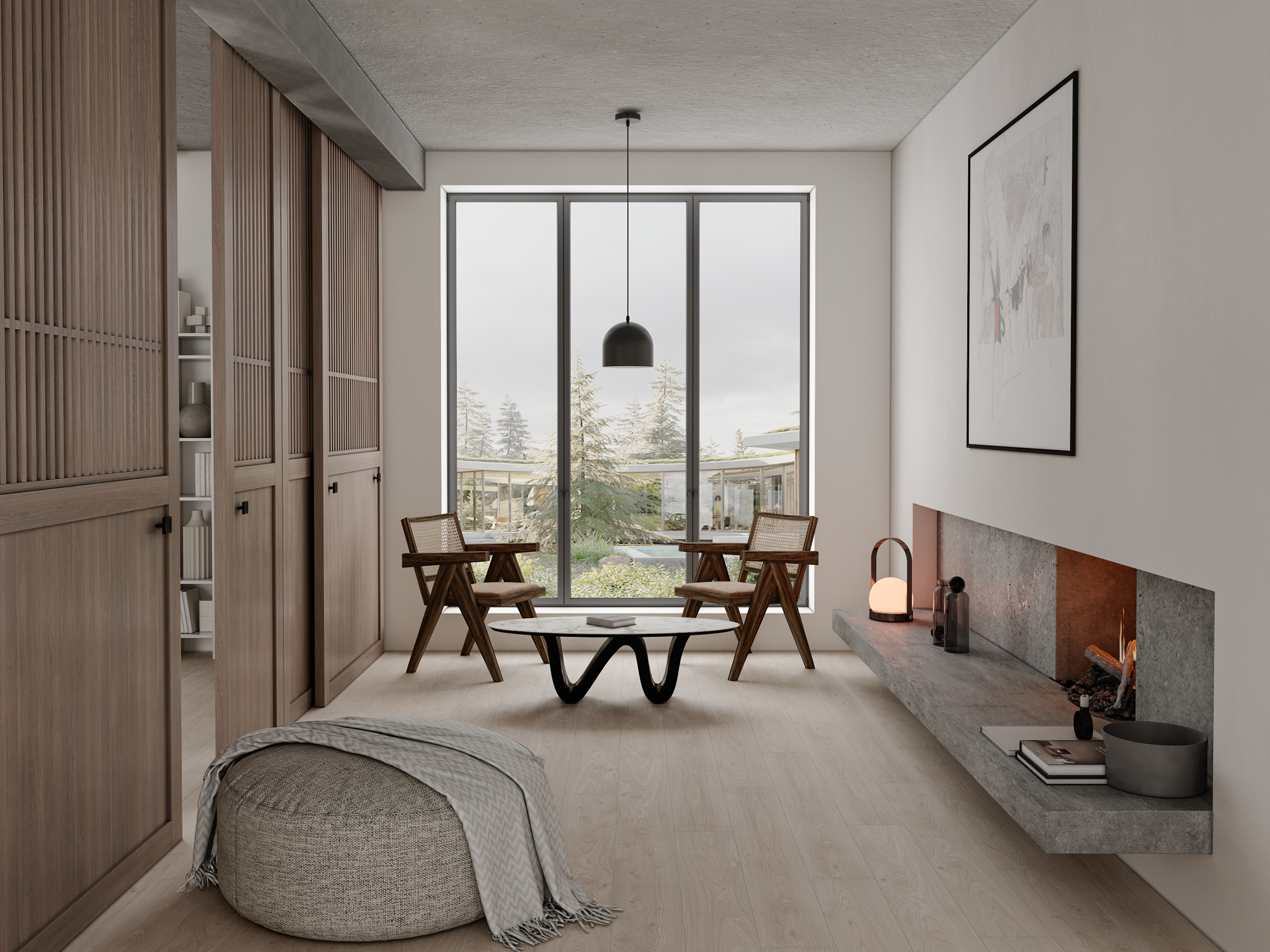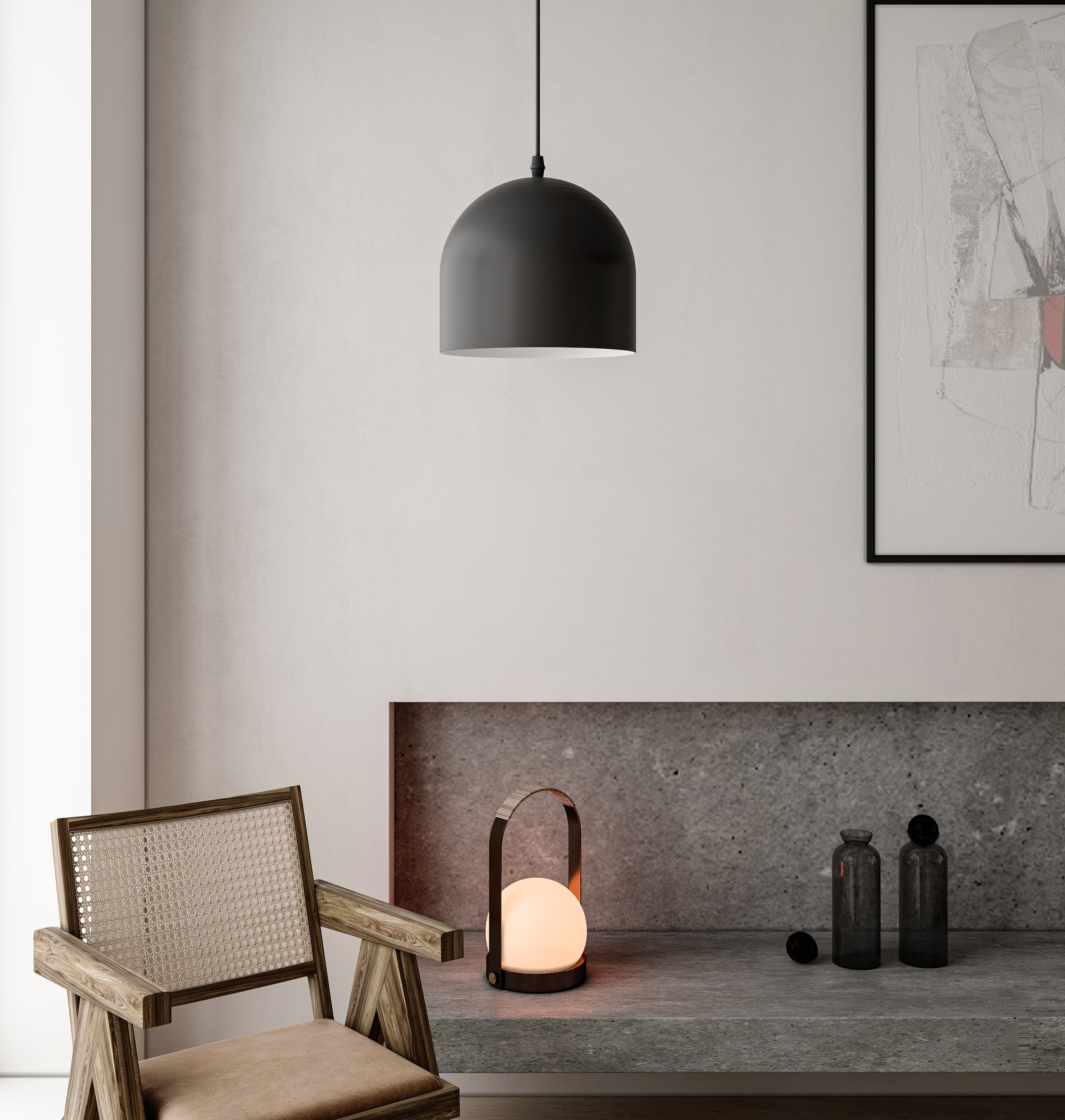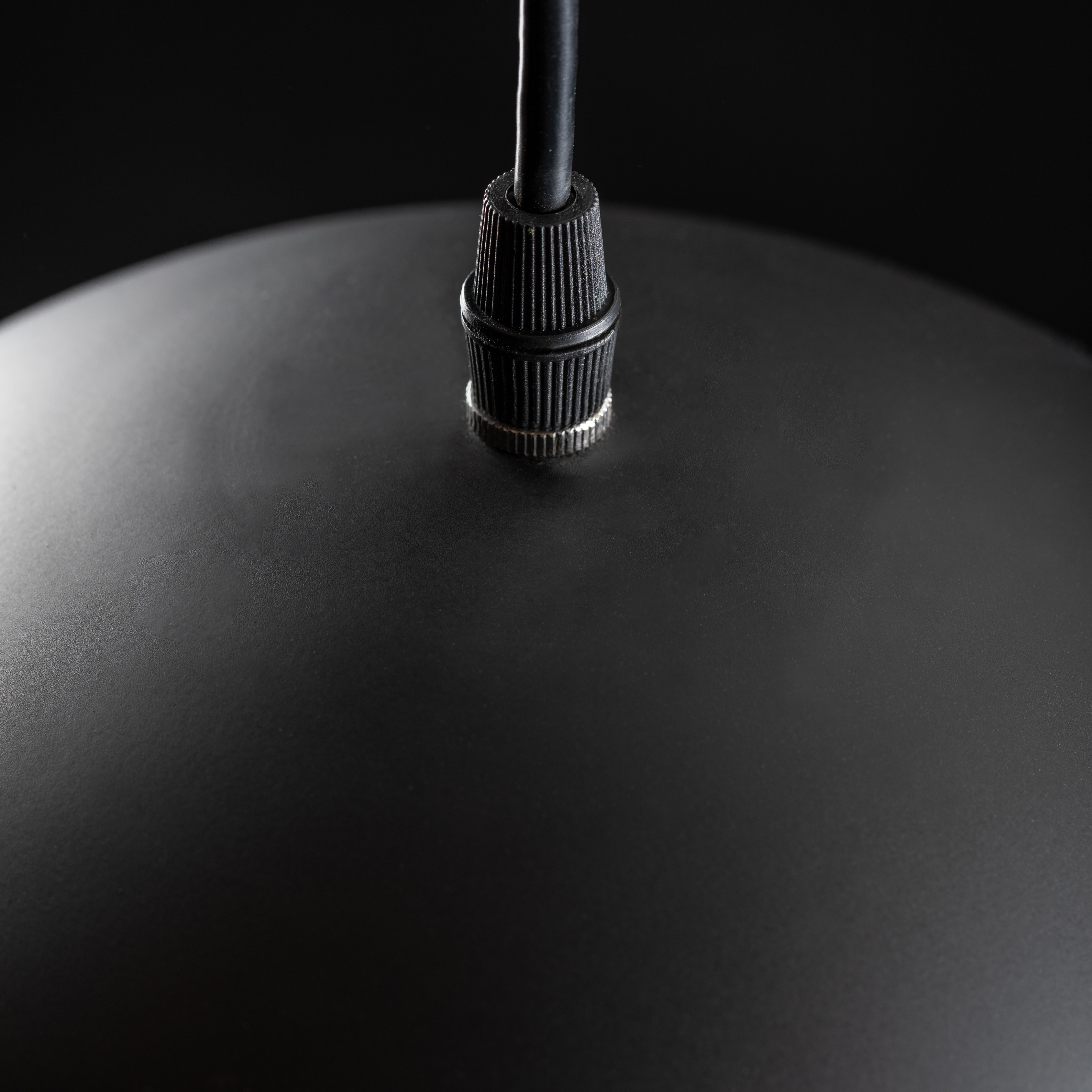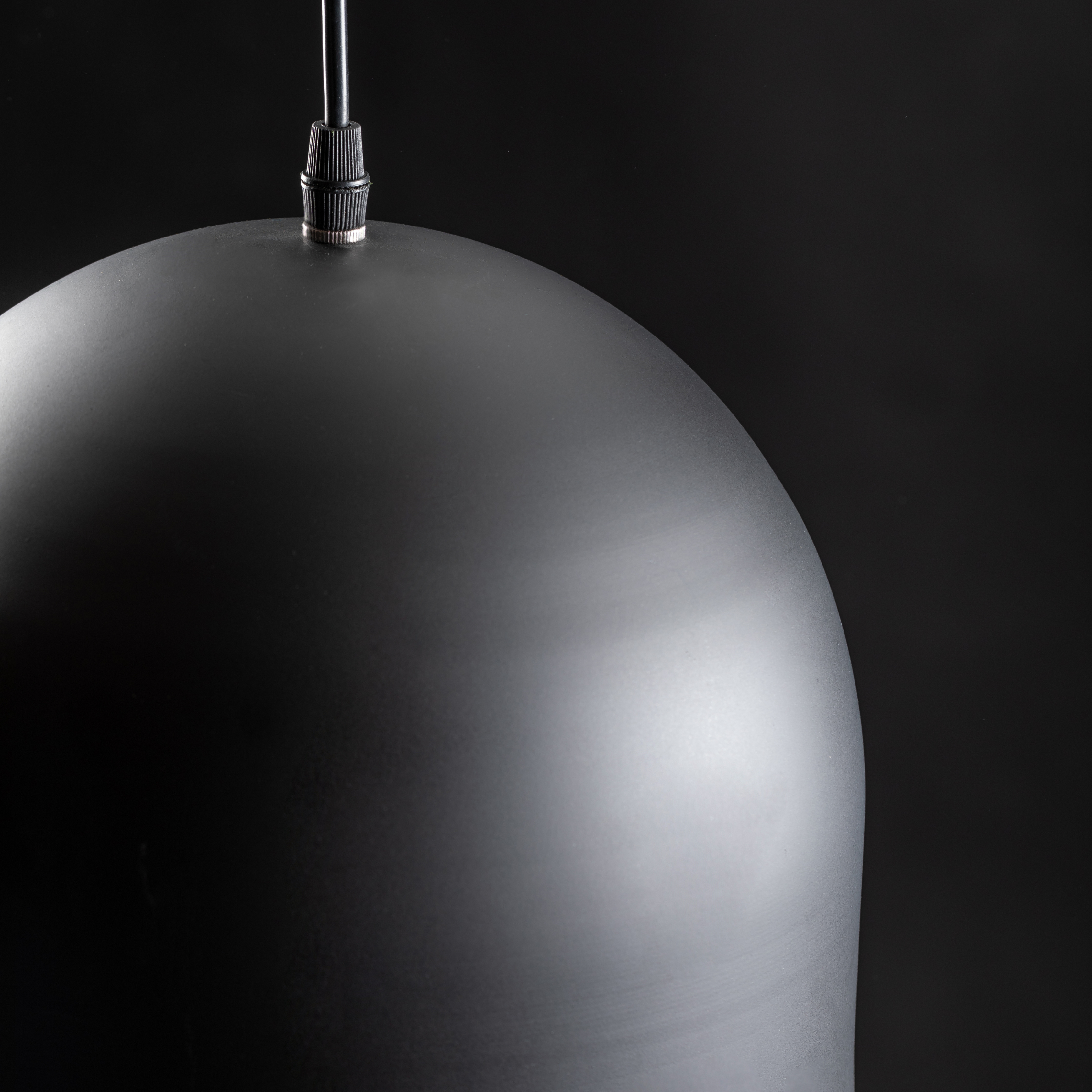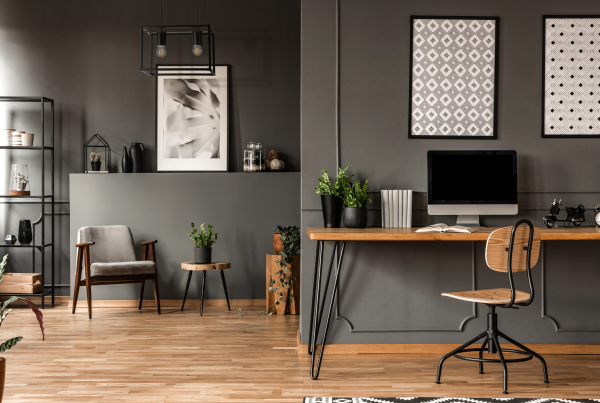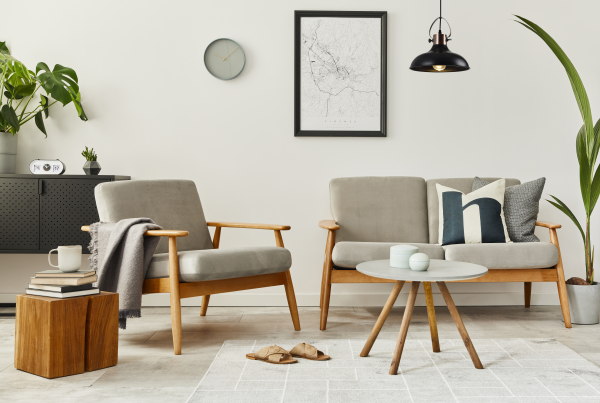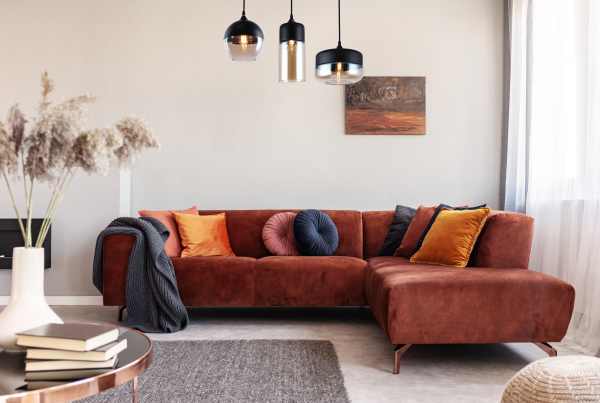Wabi-sabi is much more than just an arrangement style. This is a capacious concept of the philosophy of life, which the world has taken from distant Japan. We check what it means, what causes its popularity, why it is found in so many places and why it has also used in Polish interior design.
Wabi-sabi means, above all, living in harmony with nature and accepting the passage of time. The philosophy defines looking inside oneself, minimizing the need to possess. In interior design, it results in appreciating the charm of objects with a soul, which, although bearing clear signs of use, can still have functionality, and thanks to their experienced nature, they add soul to spaces.
Wabi-sabi in interiors
The idea of wabi-sabi is completely at odds with the pursuit of perfection in interiors. Scratches, losses and cracks are acceptable. However, chaos and disorder are not acceptable. A modest, devoid of excess things life, teaches a deeper experience of what is more important and how to enjoy everyday life.
Wabi-sabi is perfectly found in second-hand items and handicrafts. What is handmade, although never identical and perfect, has an inner beauty that comes from the efforts of a person who made it.
The simple idea of harmony
Wabi-sabi interiors are devoid of splendour, ornaments and everything that has not been given a specific practical function. Arrangement elements are supposed to make life comfortable, but the wabi-sabi style accepts only what is close to nature – raw wood, brick, concrete, paper, but it can be successfully complemented with uncomplicated accessories made of glass and metal.
The wabi-sabi colours revolves around nature. Therefore, it is in vain to look for bright elements or floral patterns. We rather tend to go towards brown, beige, grey, black or white.
We feel good in wabi-sabi
This functional simplicity has a lot of advantages. Thanks to the seemingly ascetic arrangement, the interiors are bright, clear and conducive to rest. Due to this simplicity, the wabi-sabi style is also quite arrangement-friendly and it does not cause problems in the selection of accessories and creating compositions. In this matter, it is basically enough to stick to the concept of simple forms and spatial order.
Wabi-sabi furniture and accessories
Wooden furniture with straight lines, light walls, concrete accessories, natural fabrics in the form of curtains or bedspreads, a thick-weave carpet in natural colours and lots of light will help to create interior in the wabi-sabi style. Lighting is of great importance in wabi-sabi.
Katilu ceiling lamp is a perfect example of how to harmoniously compose modernity with the philosophy of the Land of Cherry Blossom. A matte lampshade with a straight line will blend in with the wabi-sabi arrangement, perfectly combining with the idea. The diffused light will add brightness to a living room, dining room, bedroom or kitchen – it will look just as good in any interior. A lampshade suspended from the ceiling, falling in a straight line, will certainly not be a decoration that comes to the forefront of the arrangement, but in accordance with the wabi-sabi concept, it will perfectly complement it, providing plenty of warm light.

